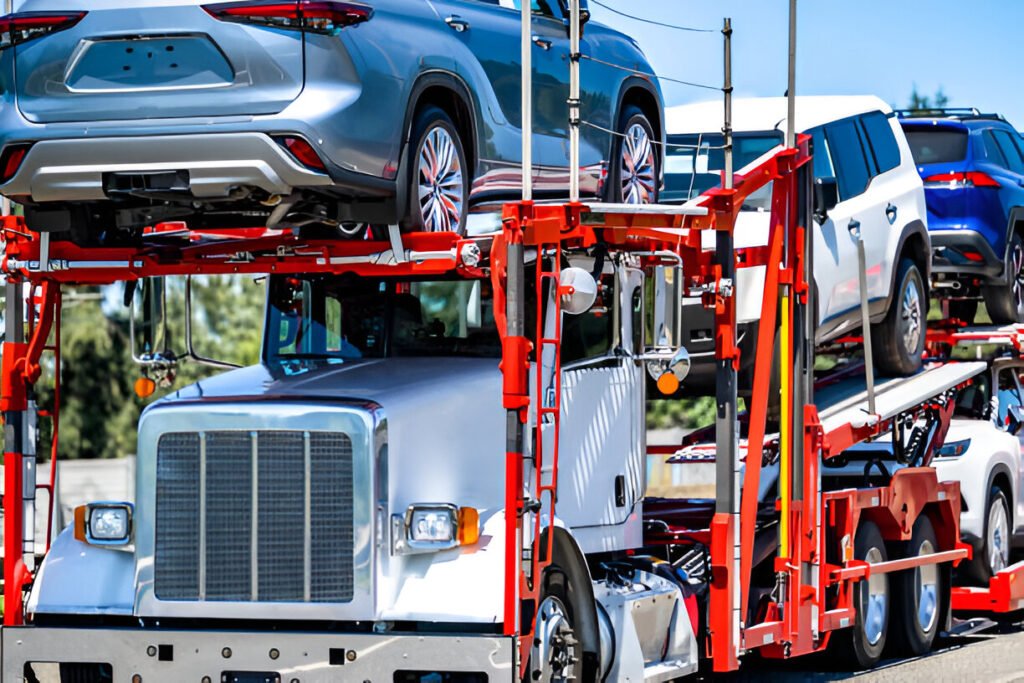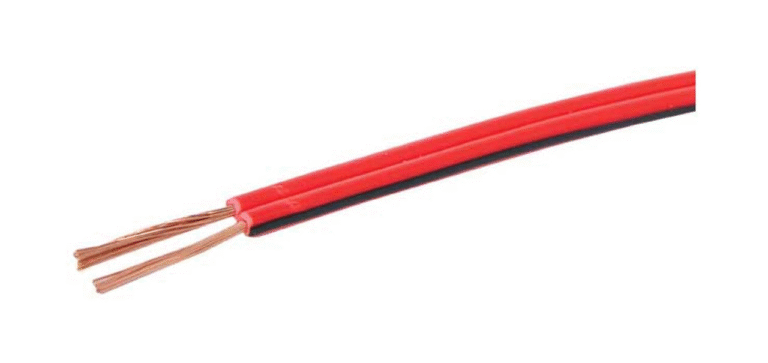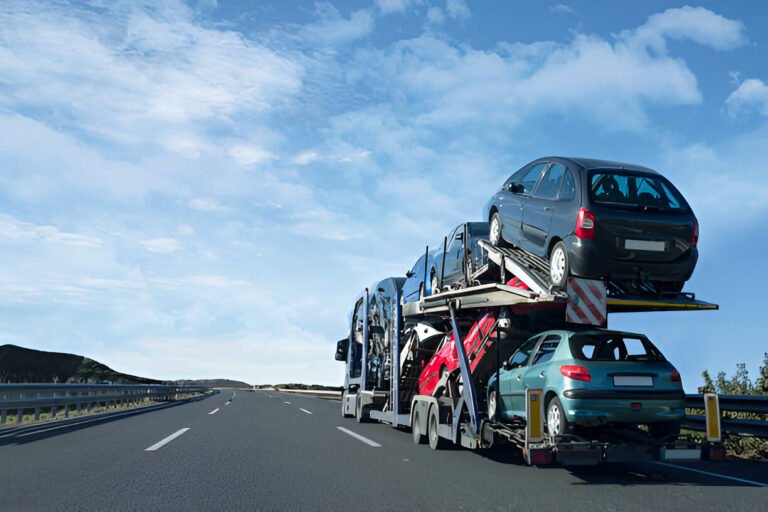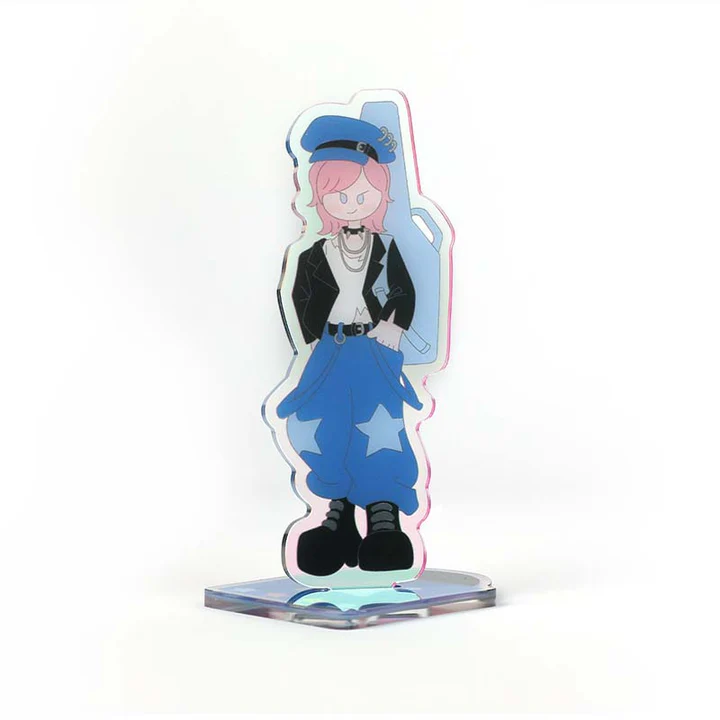
To collectors and fans, a vintage ride is much more than a machine-it’s a cherished slice of history. Be it a 1960s muscle car, a hard-to-find European classic, or a lovingly restored Model-A, getting that beauty from A to B takes careful planning, steady hands, and an eye for every tiny detail. One scratch or bump can turn a treasured asset into an expensive headache.
In this guide, we’ll take you step-by-step through vintage car shipping, from picking the best truck to knowing how long the journey will really take. We’ll also give you simple, no-nonsense tips for safely strapping your classic onto an enclosed car transport built just for special rides.
Why Vintage Cars Require Special Shipping Considerations
Classic cars tend to play by their own rules. Curved body panels might be one-off handmade parts, leather seats could be brittle with age, and a missing piece of chrome might take months to track down. Many models also skip the modern shields-road-worthy wipers, sturdy undercoating, or high-tech electronics. Add shaky steering or a balky starter, and suddenly loading or unloading becomes its own mini-adventure.
Unlike most cars people drive every day, a vintage ride can lose serious worth from even a tiny scratch or ding. Little things like light rust from moisture, surface scrapes, or scuffs on the underside can hurt how the car looks and what collectors are willing to pay later. Because of that, a basic car-hauling service usually falls short when it’s time to move a classic.
Go with Enclosed Auto Transport for the Best Shielding
Picking the right trailer is one of the biggest moves you make when shipping a collector car. Open transport costs less and works fine for everyday models, but it leaves the vehicle wide open to rain, mud, flying rocks, and all the grime the road kicks up.
For old-school rides, enclosed auto transport is really the only option worth calling gold standard. It keeps the car safe from:
- Rain, snow, and sun damage
- Road debris like rocks, dust, or oil
- Nosey onlookers, cutting the chance of theft or tampering
- Sudden heat or cold inside the trailer
Many enclosed rigs come with hydraulic lift gates instead of steep metal ramps, so the undercarriage climbs on and off without scraping. Because these carriers take fewer cars, drivers can give each machine the careful attention it deserves.
How to Ship a Car the Right Way: Steps for Vintage Vehicles
Shipping a vintage or classic car takes a few extra steps beyond moving your everyday sedan. If you want the job done right, follow this simple guide:
1. Research and Choose a Specialized Carrier
Most car-hauling companies treat any ride the same, but vintage vehicles need a gentler hand. Look for a carrier that-
- Uses an enclosed trailer so dirt and weather stay outside
- Has a track record with classics, muscle cars, and exotic rides
- Carries insurance that covers every dollar your baby is worth
- Share stories or ratings from other collectors you can trust
Check that they are registered with FMCSA and ask what tools they use to lift, strap, and move aged rides.
2. Schedule in Advance
Enclosed rigs book up fast, so the sooner you call, the better off you and your car will be. Because vintage shipments can take extra planning and sometimes a custom setup, early scheduling gives the team time to treat your ride with the care it deserves.
3. Give the Vehicle a Thorough Look
Before the pickup truck rolls in, snap a bunch of clear, dated photos all around the car. Don’t skip the close shots of special trims, tiny scratches, paint shine, and the seats or dash. Hand this picture set to the shipper and ask that it shows up on the Bill of Lading, too.
4. Get the Car Ready for the Journey
Even a garage-kept classic needs a little TLC before being loaded:
- Turn off any alarms or tracking gadgets
- Leave only a quarter-tank of fuel or less
- Tighten or take off loose bits like mirrors, antennas, and spoilers
- Cover the inside with clean sheets; this matters on long hauls
- Clear out all personal stuff and any extra parts you added
- If the engine is fragile or the starter coughs, tell the driver so he can bring ramps or a winch.
5. Track and Stay in Touch
A good shipper gives you a tracking link or a friendly contact you can call. Check in now and then to see if dates are holding and to learn how delivery will go. Talking regularly catches hiccups early and keeps you from wondering where your car is.
How Long Does it Take to Ship a Car?
You might wonder, How long does it take to ship a car, especially that classic ride sitting in your garage?
Honestly, a bunch of things affect the total time:
- Distance:Local moves can wrap up in 1-3 days, while a trip from coast to coast usually takes 7-10 days.
- Route popularity:Well-traveled highways get trucked to more often than back roads or tiny towns.
- Enclosed transport availability:Because fewer trucks ride inside, waiting for that option can stretch the schedule a bit.
- Season:High demand in summer, snow delays in winter, and even hurricanes can slow things down.
Remember, those numbers cover only the drive itself. Finding a slot and prepping a vintage car can add a few extra days, so plan ahead.
Common Mistakes to Avoid
Shipping a vintage car isn’t a run-of-the-mill move, and skipping the right steps can cost big time:
- Opting for an open trailer on a rare or delicate ride
- Skipping a double-check on insurance (make sure it matches the car’s true value)
- Booking a cheap broker who knows nothing about classics
- Forgetting to take before-and-after photos of the car’s condition
- Failing to prep the ride, especially if it sits more than it rolls
Being careful from the start stops expensive scratches, late arrivals, and arguments down the road.
The Value of a Professional Shipping Partner
Because every classic has a story and a set of weaknesses smart to hire a crew that gets both. A specialized car shipper shows up with the right gear, yes, but also the know-how and care that keep collector cars safe.
They watch the climate, handle every door with a gentle touch, and note each tiny mark so nothing is left to guess-work-your vintage ride arrives just as it left.
Final Thoughts
Sending a vintage car anywhere is more than moving steel-it’s about keeping a piece of history alive. That goal guides every choice, from picking an enclosed trailer to knowing how long shipping really takes on a good day and on a bad one.
When you ship your car the right way-cautiously, tightly strapped down, and with people you trust-you can relax. From checking the car before it leaves to handing over the keys at the delivery point, every step hinges on being ready and watching the little things.






